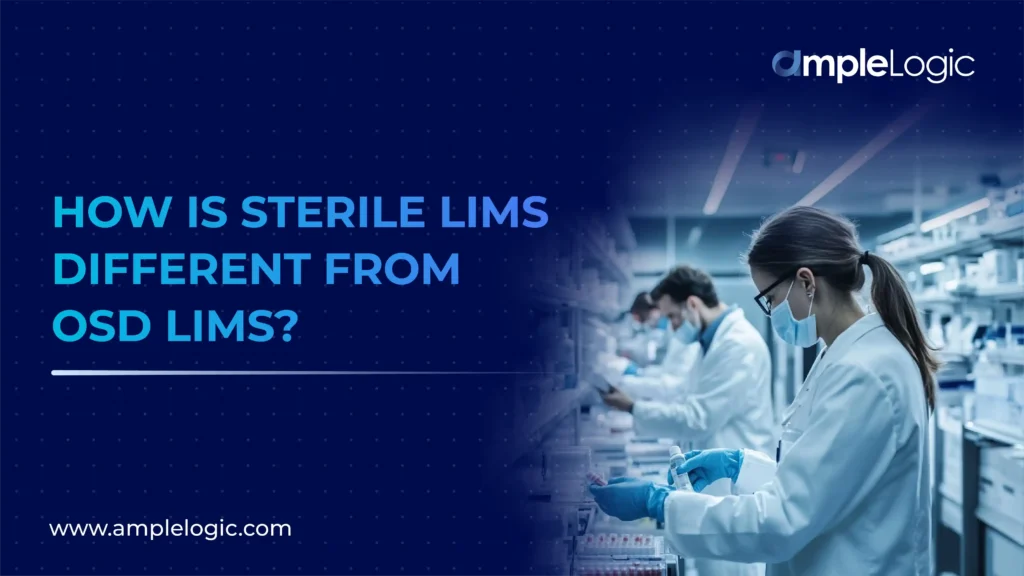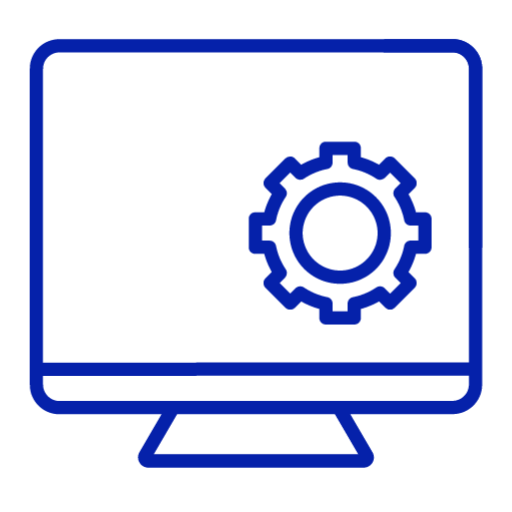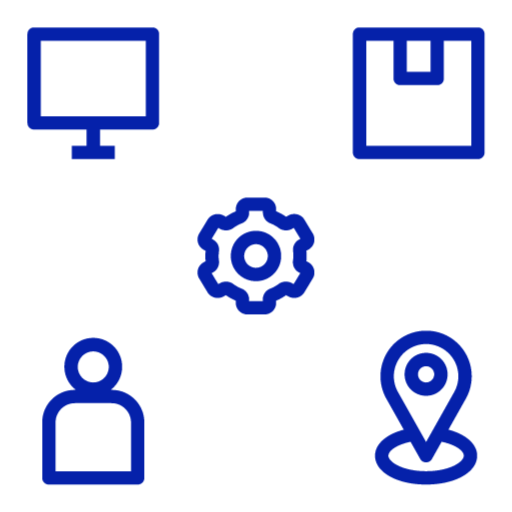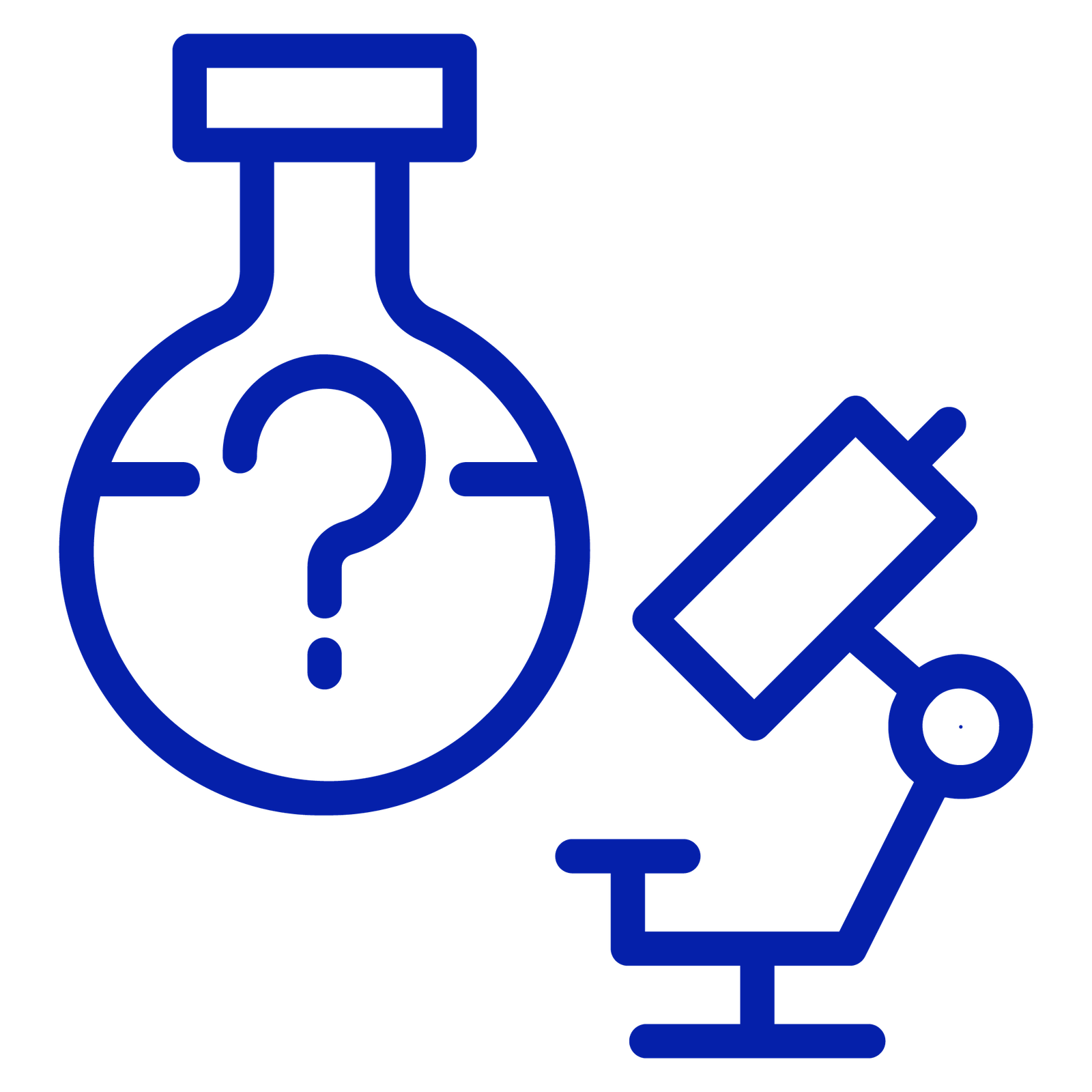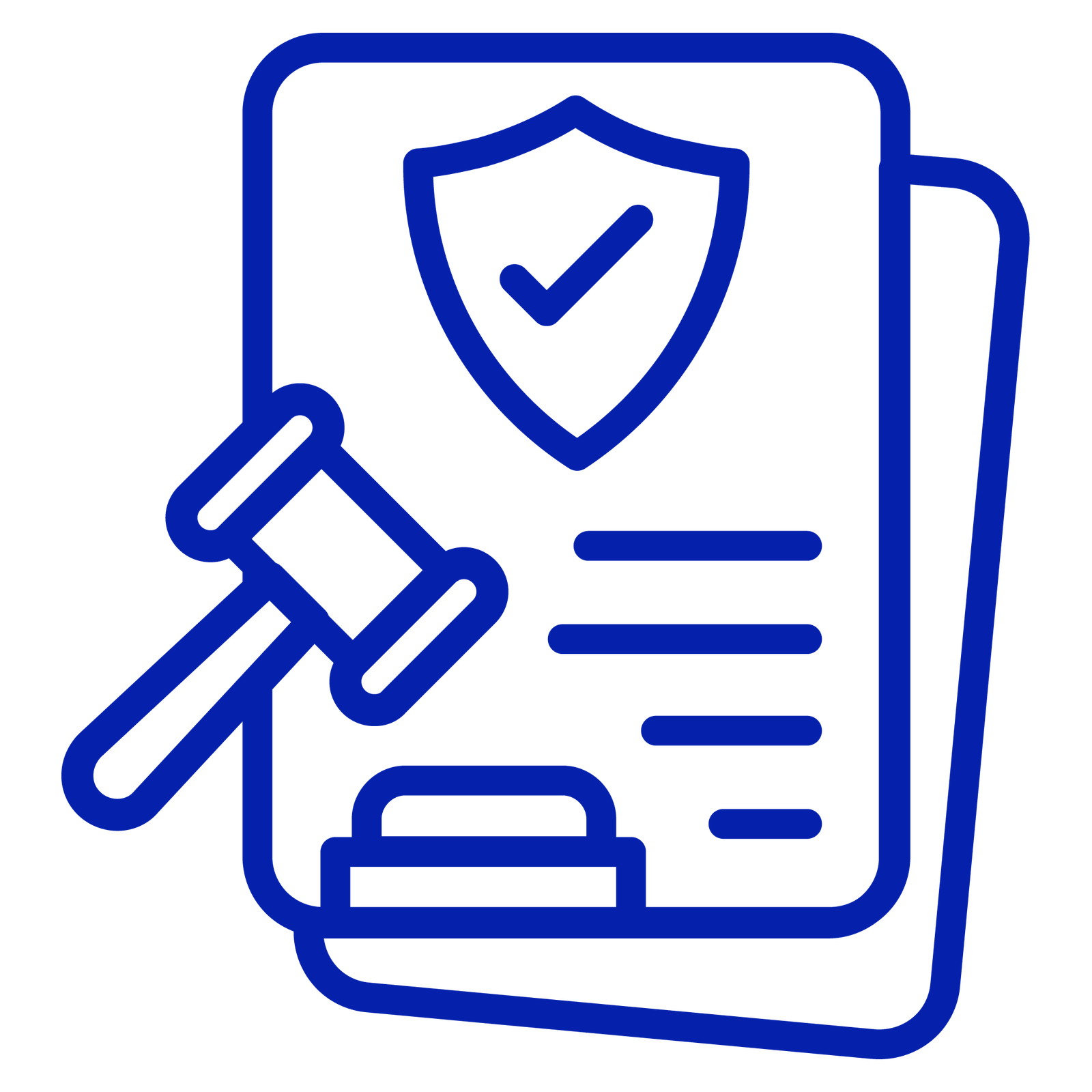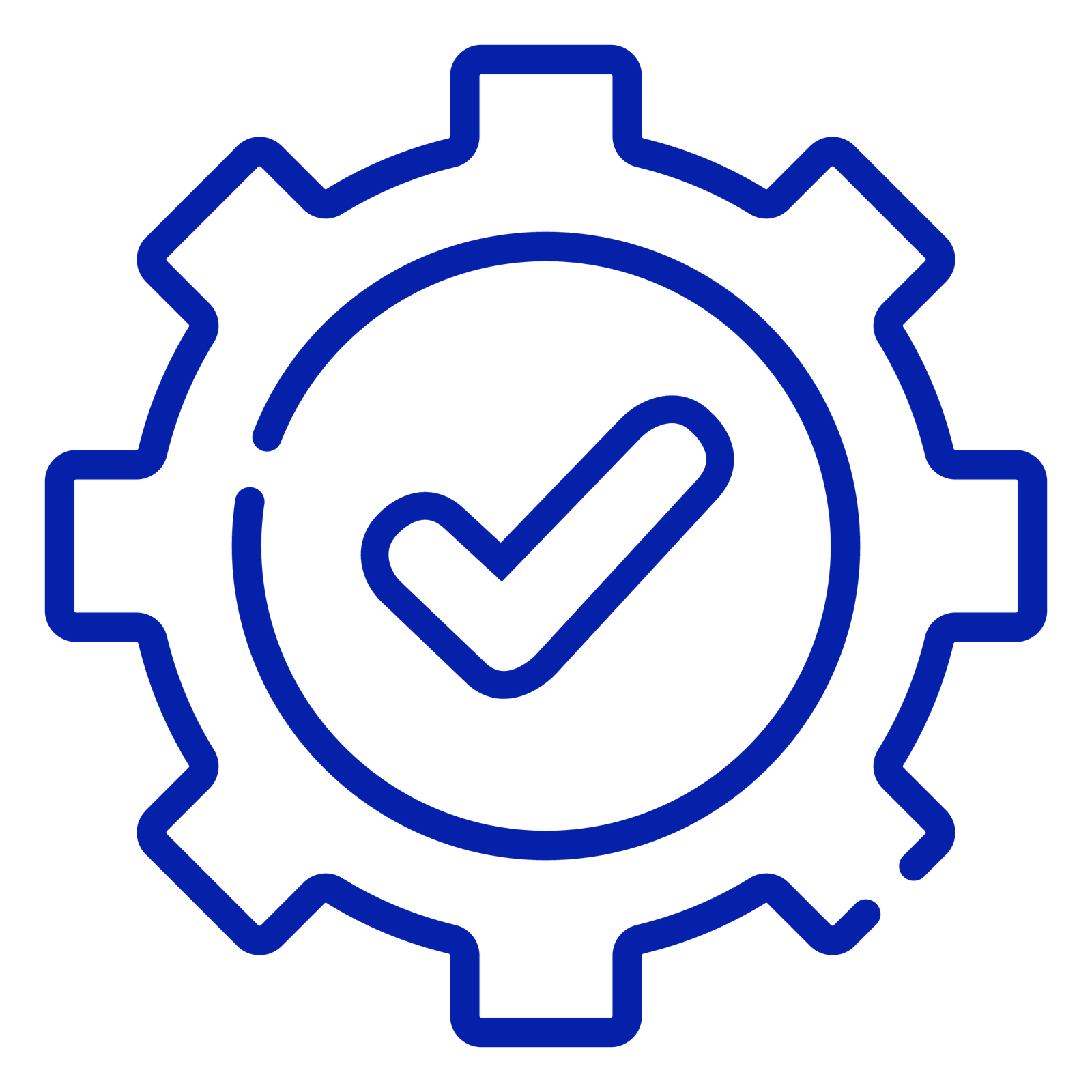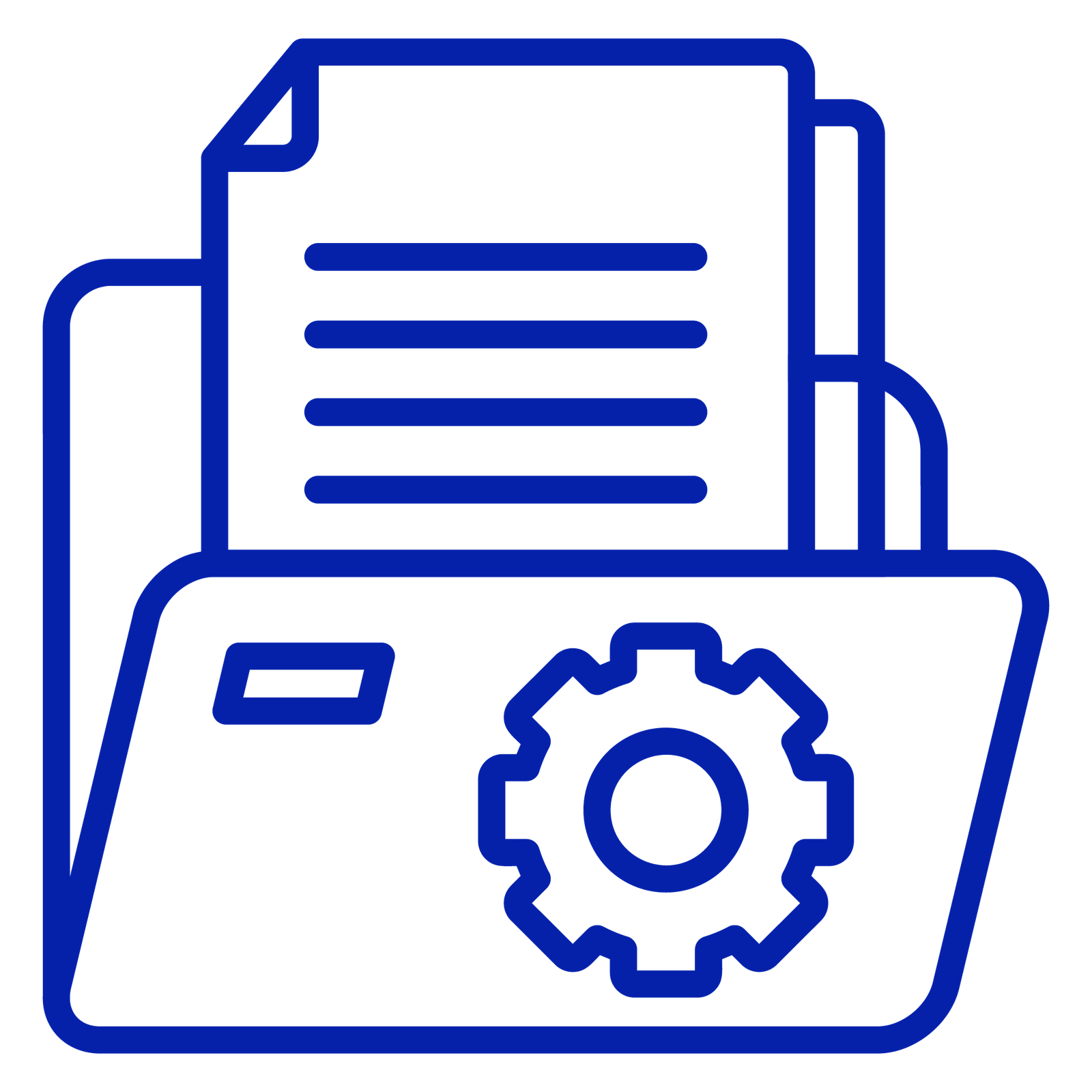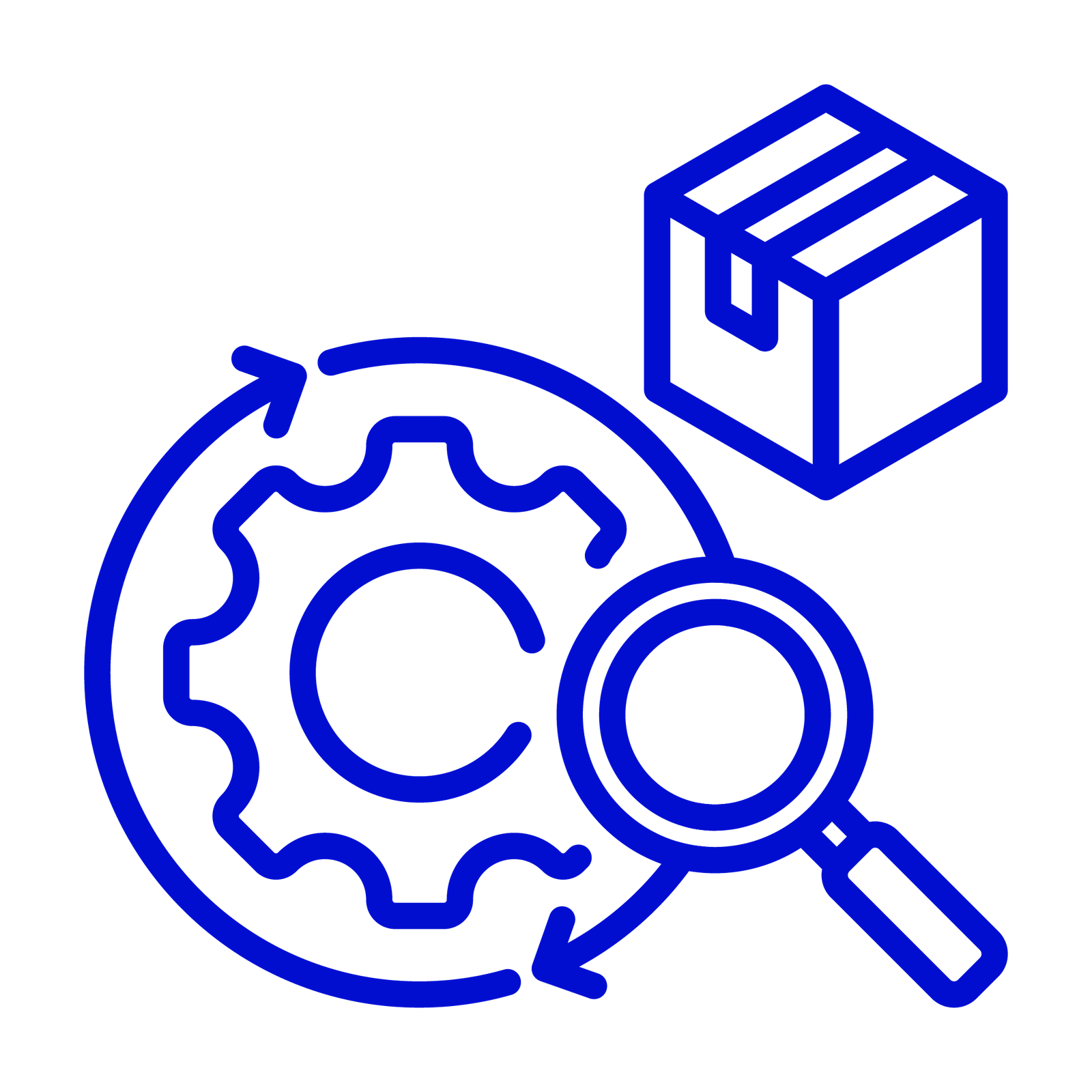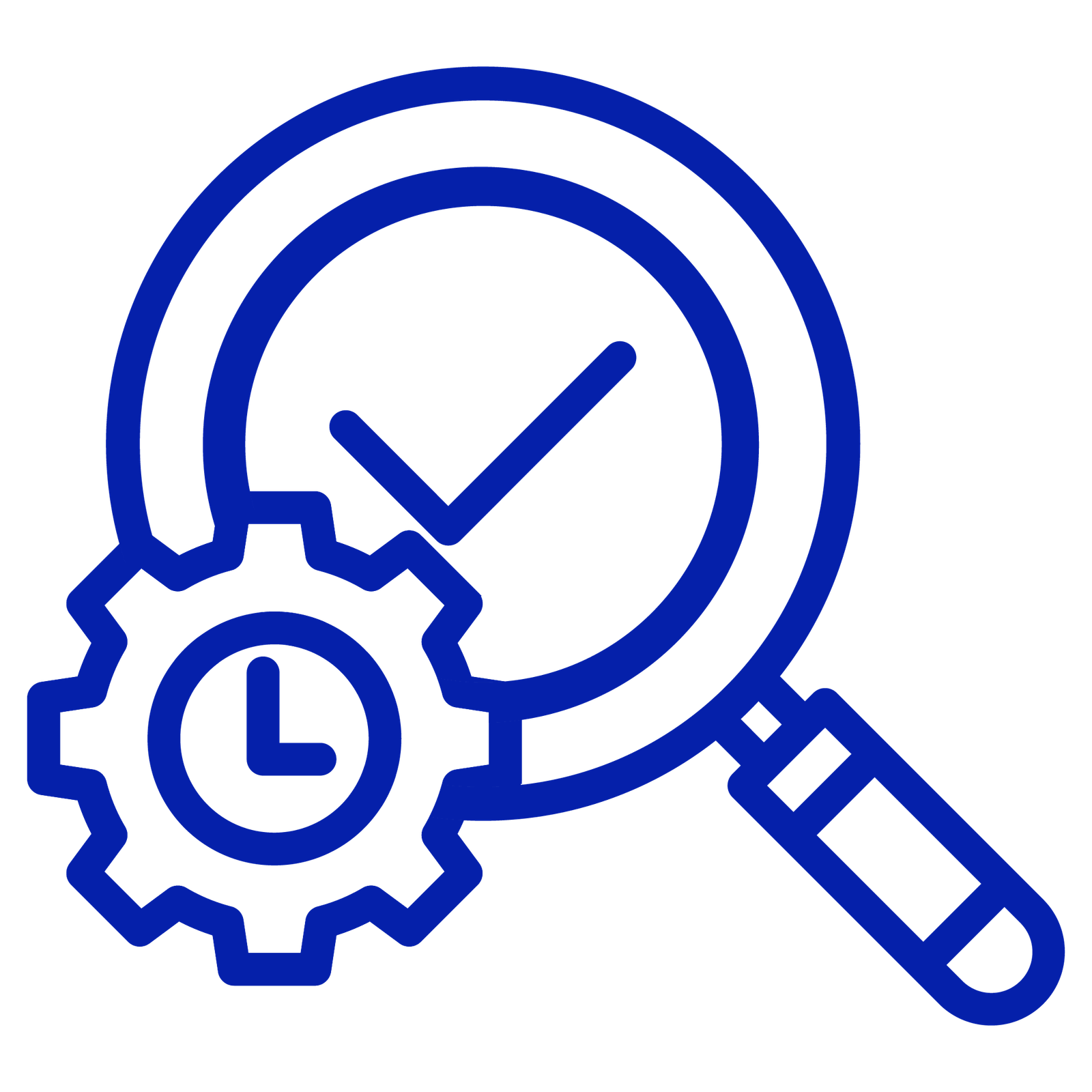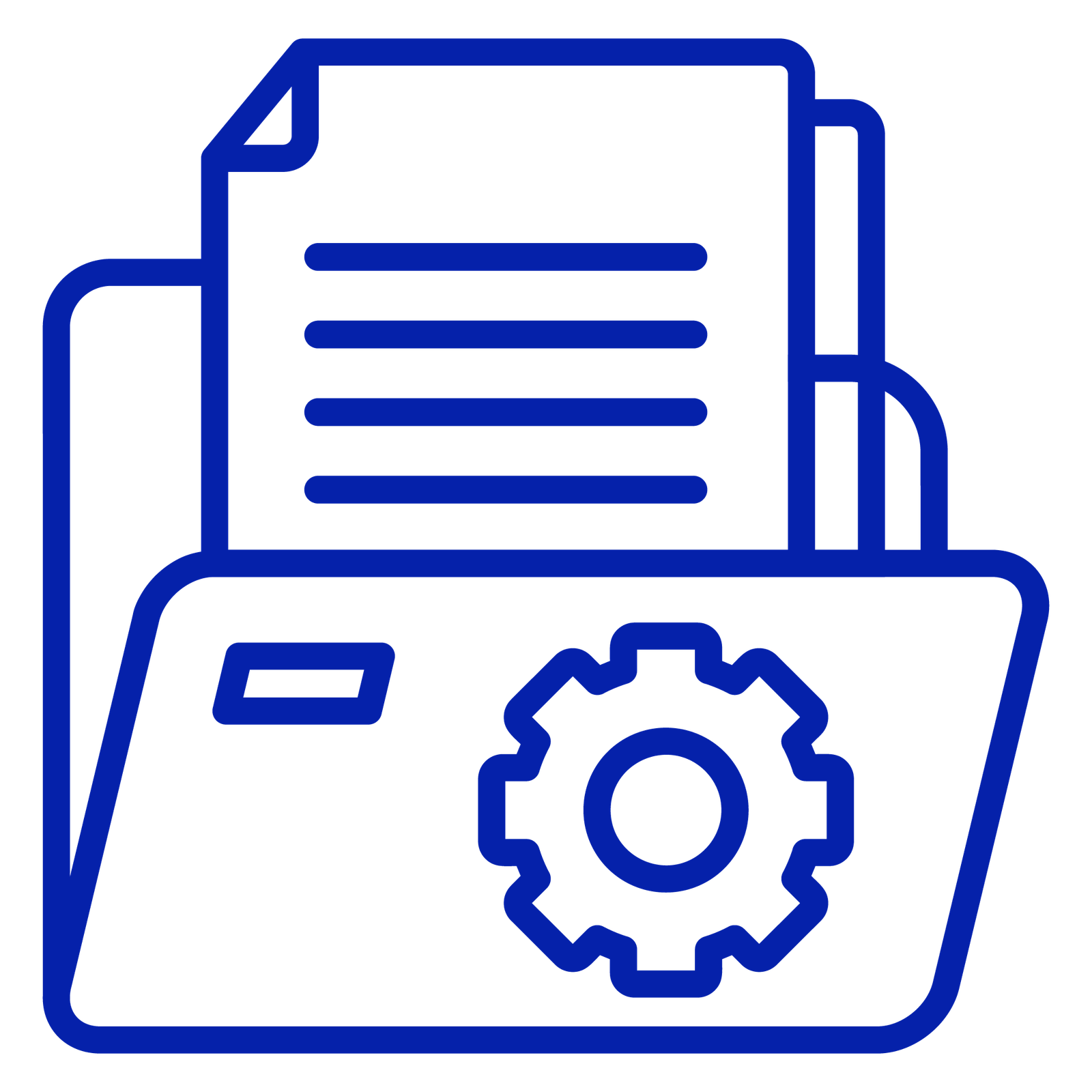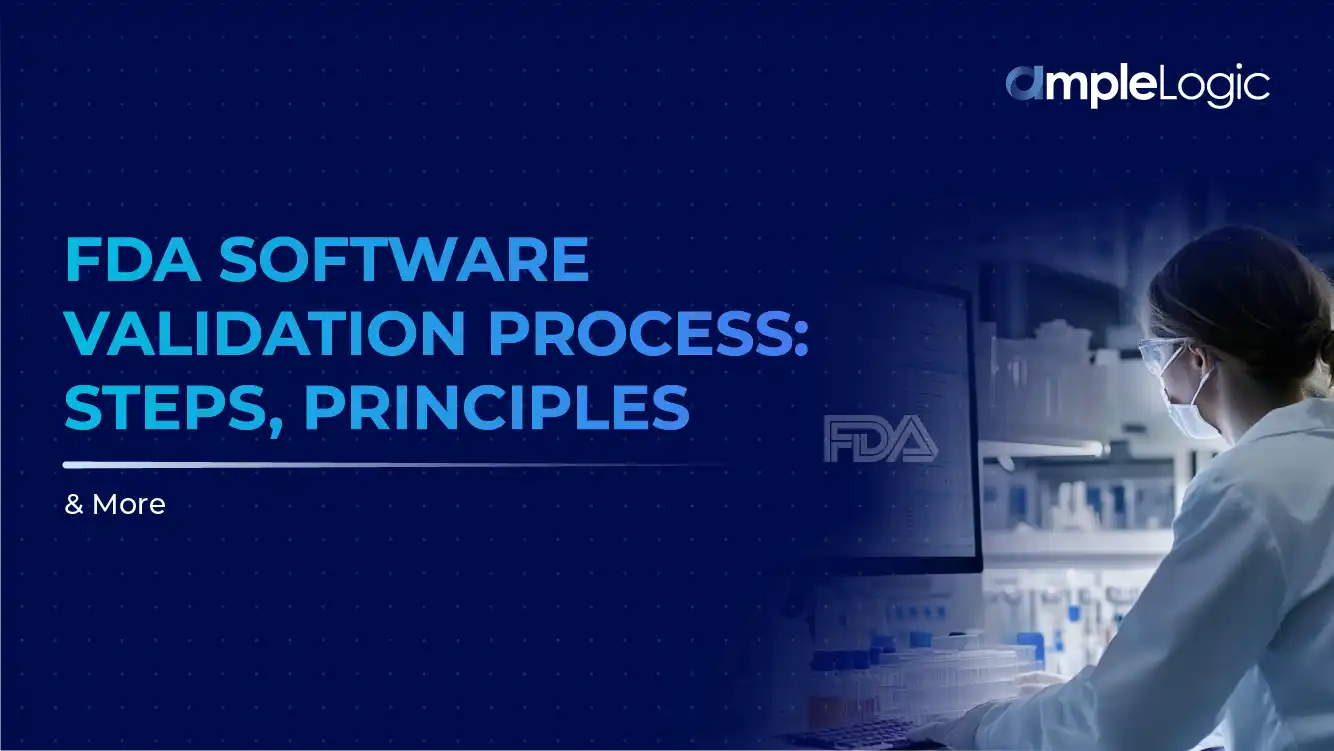
Medical device software is a fast-growing field. According to market research, the global market was valued at approximately $24.29 billion in 2023 and is projected to reach around $38 billion by 2025, with an estimated compound annual growth rate (CAGR) of about 25%.
As these products touch more aspects of patient care, the FDA has strengthened its oversight to ensure software is safe, effective, and reliable. This is especially true for Software as a Medical Device (SaMD) and AI-enabled tools, which now face stricter requirements for clinical validation, cybersecurity, and ongoing monitoring. This guidance outlines the main principles and steps the FDA follows to make sure medical device software is properly checked, whether it’s built into the device or used during its design, development, or manufacturing process.
Core Principles of Software Validation
Here are the core principles on which the FDA works for software validation-
a. Integration with the Software Lifecycle
Validation is not a one-time event but a process integrated throughout the software’s lifecycle, from planning and requirements through design, coding, testing, release, and maintenance.
b. Requirements and Specifications
- Clearly define what the software is supposed to do (intended use).
- Document all requirements and specifications before development begins.
- Platforms like AmpleLogic make this process easier by helping teams manage validation, testing, and compliance more effectively.
c. Verification and Validation
- Verification: Check that the software is built according to specifications (e.g., code reviews, design inspections).
- Validation: Confirm the software fulfills its intended use in the real-world environment (e.g., user site testing).
d. Risk Management
- Assess risks associated with software failures, especially those that could affect patient safety.
- Use risk analysis to determine the level of validation effort needed.
e. Change Management
- Any change to the software, no matter how small, must be evaluated for its impact and validated appropriately.
- Most software recalls are due to issues introduced during changes after initial release.
e. Documentation
- Maintain thorough records of plans, requirements, design, testing, validation activities, and changes.
- Documentation must be sufficient to demonstrate to the FDA that the software is validated for its intended use.
Understand the Basics: Verification vs. Validation
- Verification checks if the software was built correctly and if it meets all the technical requirements and design specs.
- Example: If your device is supposed to alert for abnormal heart rates, verification means confirming the alert feature works as written in the requirements.
- Validation asks if the right software was built, does it solves the real-world problem for users, and works safely in practice.
- Example: Validation means seeing if clinicians find the alert useful and actionable in real hospital settings
Both steps are required by the FDA to protect patient safety and ensure product quality.
FDA’s Main Approval Pathways
The FDA uses several pathways to review medical device software, depending on risk and novelty:
| Pathway | What It’s For | Recent Stats (2015–2024) |
|---|---|---|
| 510(k) | Devices similar to existing ones | 877 of 903 AI-enabled devices (97.1%) approved this way. |
| De Novo | New, low-to-moderate risk devices without a clear precedent | 22 devices (2.4%) approved this way |
| PMA | High-risk, novel devices | Used less often for software-only devices |
Most recalls (4.8% of AI-enabled devices) involved products cleared through the 510(k) process.
Step-by-Step FDA Software Validation Process
A step-by-step FDA software validation process for medical devices is a structured approach that ensures your software is safe, effective, and meets regulatory requirements before it is released to the market. Here’s a brief overview of the typical steps involved, based on FDA guidance and industry best practices:
Step 1: Define and Document Requirements
- List all software functions, including safety and security needs.
- Use a traceability matrix to link each requirement to design, testing, and risk controls.
- Softwares from AmpleLogic supports smoother validation and compliance.
Step 2: Risk Assessment
- Classify the device’s risk level (higher risk = more scrutiny).
- Focus extra validation on features that could impact patient safety.
Step 3: Verification Activities
- Review code, design documents, and test plans.
- Perform static (code review) and dynamic (functional) testing.
- Use peer reviews and checklists to catch errors early.
Step 4: Validation Activities
- Conduct user acceptance testing in clinical or simulated environments.
- Gather feedback from real users (clinicians, patients).
- Assess usability, reliability, and clinical value.
Step 5: Installation, Operational, and Performance Qualification (IQ/OQ/PQ)
The FDA suggests breaking down the process into three main checks:
| Step | What It Means |
|---|---|
| IQ (Installation Qualification) | Confirm the software is installed and set up correctly. |
| OQ (Operational Qualification) | Show the software works as expected under normal conditions. |
| PQ (Performance Qualification) | Prove the software performs well in real-life situations, even when used a lot. |
Step 6: Change Management and Ongoing Monitoring
- Document all changes and assess their impact on safety and effectiveness.
- Re-test as needed after updates or bug fixes.
- For AI-enabled devices, continuous monitoring is critical. FDA now expects real-world performance data and post-market surveillance.
- Example: By August 2024, the FDA listed 903 AI-enabled medical devices; 43 (4.8%) had been recalled, with a median recall lag of 1.2 years.
Step 7: Independent Review
- Ensure that validation is performed by someone not involved in software development.
- For complex or high-risk products, consider third-party or external audits.
Step 8: Human Factors and Usability Testing
- Involve end-users early to make sure the software is easy and safe to use.
- Run usability studies and document findings, especially important for AI and SaMD.
Step 9: Documentation and Submission
- Keep detailed records of requirements, test results, risk assessments, user feedback, and changes.
- These documents are required for FDA review and future audits.
Important Insights and Current Trends
- AI-enabled medical devices are on the rise: 903 devices are FDA-approved by August 2024, with over 73% being software-only.
- Clinical studies at approval are often limited: Only about half of AI-enabled devices had clinical performance data at the time of FDA approval, and just 2% involved randomized trials.
- Post-market monitoring is now a must: FDA expects companies to track device performance after launch, especially for AI/ML-based software that may change over time.
- Recalls are not rare: 4.8% of AI-enabled devices were recalled, often within 1–3 years of approval, underscoring the need for robust validation and ongoing oversight.
Roles and Responsibilities
| Role | Main Tasks |
|---|---|
| Developers | Build software, perform verification, and maintain records |
| Quality Assurance | Oversee validation, review evidence, and coordinate testing |
| Regulatory Affairs | Ensure compliance, prepare submissions, and track regulatory changes |
| End Users | Test usability, provide feedback |
| Auditors | Independently review processes and documentation |
Cost and Resource Considerations
- FDA approval costs: Typically $20,000–$30,000 for devices with prior approval elsewhere; higher for new, unapproved products due to extra testing.
- Validation costs: Increase with device complexity and risk class.
Continuous Improvement
- Schedule regular reviews, especially after updates or regulatory changes.
- Use real-world data to improve safety and effectiveness over time.
How AmpleLogic Supports FDA Software Validation and Compliance
AmpleLogic offers digital tools designed for medical device manufacturers to manage FDA software validation and ongoing compliance.
1. Centralized Documentation:
AmpleLogic’s platform organizes validation protocols, test records, risk assessments, and compliance documents in one place. This helps ensure that evidence required for FDA audits and submissions is accurate, accessible, and up to date.
2. Validation Process Automation:
The system automates the validation steps, including Installation Qualification (IQ), Operational Qualification (OQ), and Performance Qualification (PQ). Automated workflows help reduce manual errors and ensure each stage is completed according to FDA and international standards.
3. Integrated Quality Management System:
AmpleLogic includes modules for document control, non-conformance tracking, corrective and preventive actions (CAPA), and supplier management under its Quality Management System. These functions support compliance and help manage changes or incidents after a product is released.
4. Risk and Audit Management:
The platform provides tools for risk assessment, mitigation tracking, and monitoring. Audit trails and automated alerts help maintain readiness for FDA inspections and support prompt responses to findings.
5. Regulatory Alignment:
AmpleLogic is built to support FDA 21 CFR Part 11, ISO standards, and other international regulations. This helps manufacturers address requirements in multiple markets without duplicating work.
6. Ongoing Monitoring:
The system provides real-time analytics, reporting, and integration with other business systems. This supports continuous monitoring of validation activities and helps manage post-market requirements.
Conclusion
This guide reflects the latest FDA expectations, real-world trends, and critical statistics to help medical device teams build, validate, and maintain safe, effective software in a rapidly evolving market. AmpleLogic helps medical device manufacturers manage software validation and compliance with FDA expectations. By automating validation steps, organizing compliance records, and supporting risk-based quality management, AmpleLogic supports consistent, reliable processes for regulated software.





